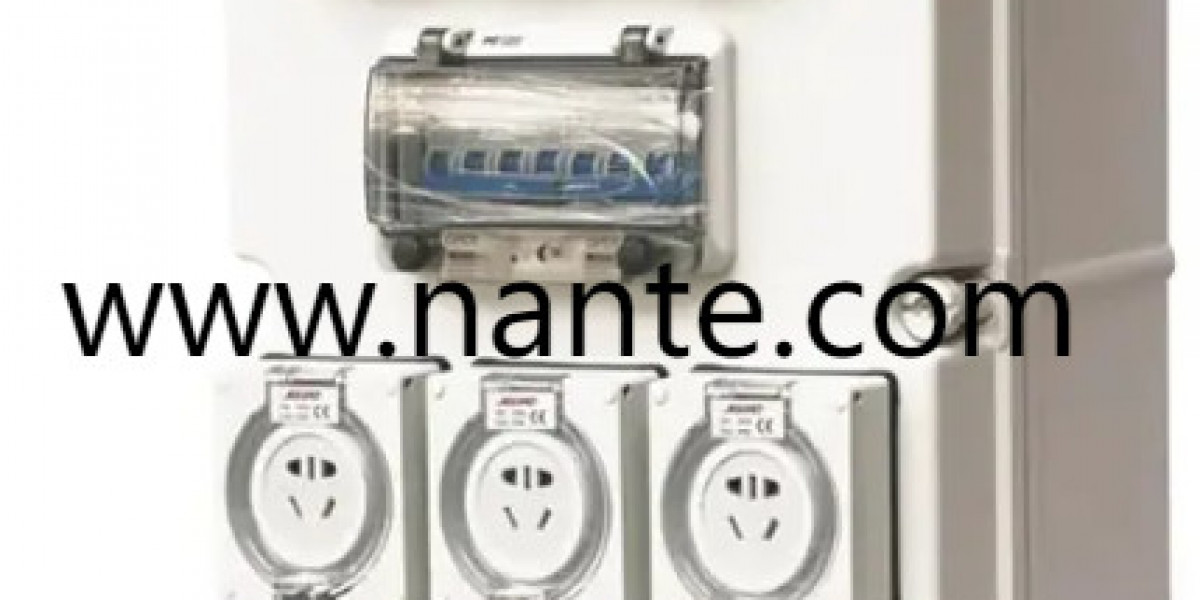When industrial environments demand reliable power distribution for heavy machinery and multiple tools, a distribution Socket Box plays a crucial role in maintaining safety and uptime. Yet even the most rugged assemblies can present challenges such as unexpected sparks, frequent breaker trips, and component overheating. These common issues often arise from loose connections, overload conditions, or insufficient thermal management. By understanding practical troubleshooting steps and recognizing when to seek professional support, facility teams can keep operations running smoothly and avoid costly downtime.
Sparks around power outlets usually indicate a loose terminal or worn contact within the socket enclosure. Before resetting any breakers, technicians should isolate the circuit and inspect wiring connections. A simple fix involves tightening screws and ensuring that each conductor seat is free from corrosion or debris. If sparks persist after reassembly, the socket insert or contactors may be worn and require replacement. Using high-quality, replaceable modules designed for easy swapping reduces service time and helps prevent future arcing.
Breaker trips signal that the circuit is drawing more current than its protective device allows. In many cases, the root cause is an overloaded branch circuit where multiple high-power tools share a single outlet. Rebalancing loads by distributing equipment across separate circuits or adding additional outlets in a secure enclosure can eliminate nuisance trips. Temporary solutions like reducing simultaneous tool usage may work in the short term, but installing a higher-capacity distribution box with correctly rated breakers offers a long-term remedy.
Overheating of the box or connected cables often results from high ambient temperatures or restricted airflow. Enclosures placed in tight equipment clusters can trap heat, raising internal temperatures above safe limits. To mitigate this, ensure adequate spacing around the panel and install vented covers or low-power fans where permitted. Regular cleaning of ventilation louvers and filter elements also prevents dust buildup, which can insulate internal components and exacerbate heat retention.
Frequent maintenance intervals play a major role in preventing these issues. A periodic inspection schedule should include thermal imaging scans to detect hot spots at terminal connections, infrared checks on live bus bars, and visual inspections for discoloration or melting around contacts. Documenting trends in temperature variations over time helps teams identify weakening joints before they fail catastrophically.
In modern facilities adopting smart monitoring systems, integration of sensors and remote alerting can automate much of this diagnostic work. Sensors within the enclosure can track voltage, current, and internal temperature, sending alerts when readings exceed predefined thresholds. This proactive approach minimizes unplanned interruptions by dispatching maintenance crews only when truly needed, optimizing resource allocation and improving overall reliability.
When quick fixes fail, it is vital to call an expert rather than risk unsafe conditions. Licensed electricians can perform detailed insulation resistance tests, ground continuity verification, and high-voltage testing that go beyond basic troubleshooting. In cases where the root cause involves internal component failure or complex wiring faults, only a qualified professional should open sealed compartments and handle live electrical systems. This ensures compliance with safety regulations and protects both personnel and equipment.
Upgrading to a robust, modular solution from a reputable supplier reduces the likelihood of these common problems. Modern designs feature screwless terminal blocks, interchangeable outlet inserts, and integrated surge protection modules that simplify both installation and service. Opting for a combined socket box that supports tool-free access and clear labeling further accelerates fault diagnosis and repair.
Safety remains paramount when working around electricity. Always de-energize circuits before performing inspections or maintenance, use insulated tools, and follow lockout-tagout procedures. Personal protective equipment such as insulated gloves and face shields may be required depending on the voltage level and the task at hand. By pairing safe work practices with high-quality distribution solutions, industrial sites can achieve reliable power delivery without compromising worker safety.
For operations seeking to enhance their electrical infrastructure with a versatile and service-friendly distribution system, exploring advanced models can yield substantial benefits. To learn more about these integrated socket solutions, visit www.nante.com/product/ .

